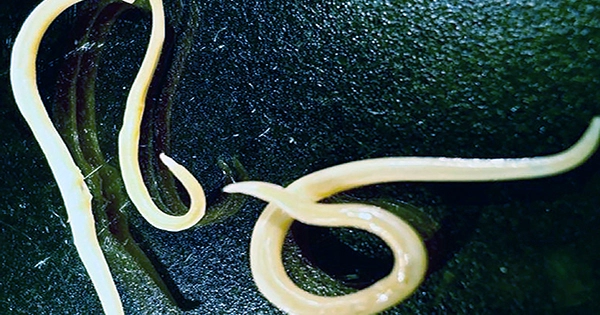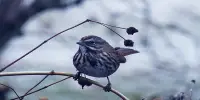An ancient worm has wriggled back to life after being buried in Siberian permafrost for 46,000 years. Radiocarbon study indicated that the small critters, known as nematodes, were awakened from a long hibernation that began in the late Pleistocene period 45,839 to 47,769 years ago. That’s a long catnap.
The microscopic critters are not only tough, but they are also members of a previously undiscovered species, Panagrolaimus kolymaensis.
Nematodes, often known as roundworms, are among the few organisms capable of surviving in such harsh settings for extended periods of time. To accomplish this, they enter a limbo-like state known as “cryptobiosis,” in which all detectable metabolic processes cease until environmental conditions improve. Nematodes were resurrected in 2018 after an estimated 42,000 years of cryptobiosis; this more recent discovery puts that back by several millennia.

Tardigrades and rotifers are two more species that may perform this feat. A bacterial spore preserved in amber for between 25 and 40 million years is a particularly amazing example of the phenomenon.
P. kolymaensis was discovered 40 meters (130 feet) deep in permafrost on the banks of the Kolyma River in northeastern Siberia in the most recent investigation. The frozen earth in these areas is home to a treasure mine of ancient and surprising discoveries, ranging from archaic DNA and viruses to an entire bear.
The plant material in the permafrost samples was radiocarbon dated to the late Pleistocene, and genomic tests of the nematodes revealed them as an undescribed species.
The researchers bred the worms for over 100 generations and compared their genome to that of one of their extant relatives, Caenorhabditis elegans, to uncover shared genes implicated in cryptobiosis.
They hope that by doing so, they can gain a deeper knowledge of the mechanics underlying this strange state, which will eventually lead to new strategies for the long-term storage of cells and tissues. They’re also wondering if there’s a limit to how long worms can stay in a cryptobiotic state.
“These findings have implications for our understanding of evolutionary processes, as generation times may be stretched from days to millennia, and long-term survival of individuals of species can lead to the foundation of otherwise extinct lineages,” the study’s authors write.
















